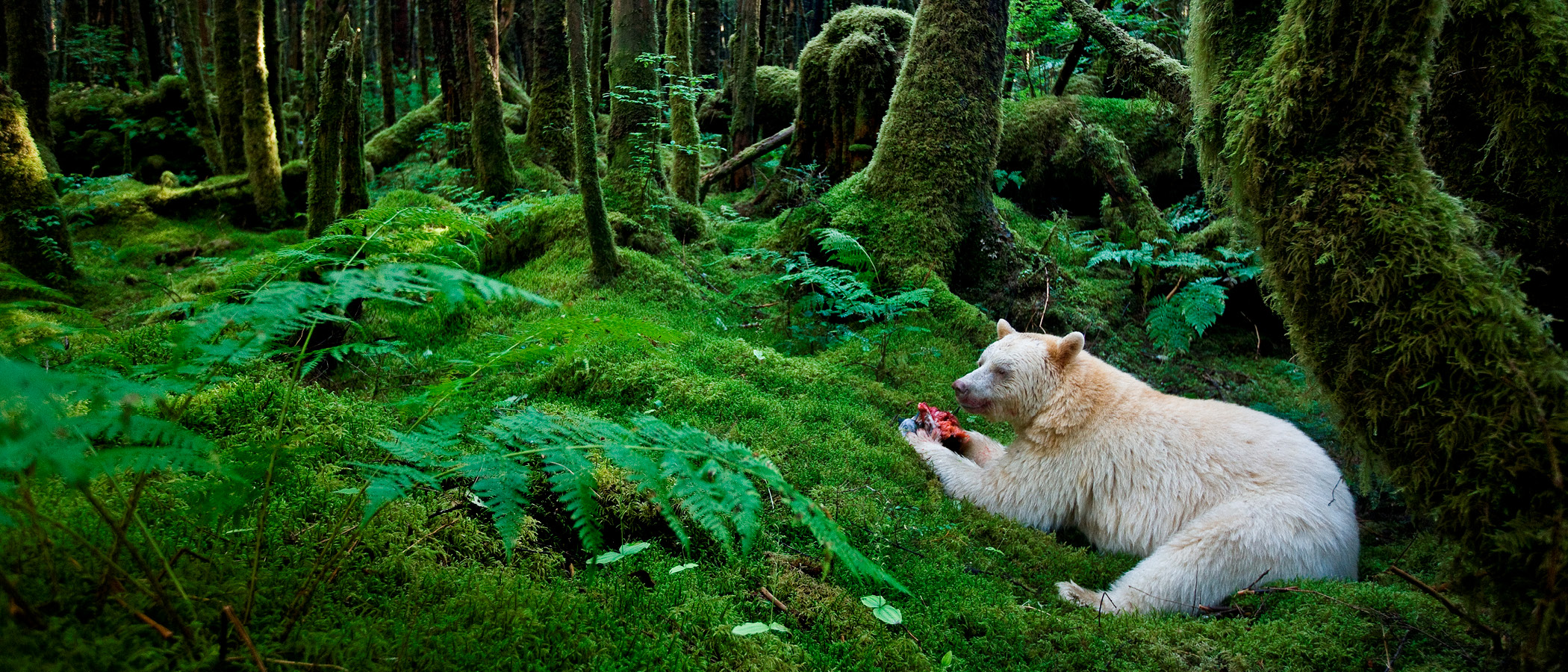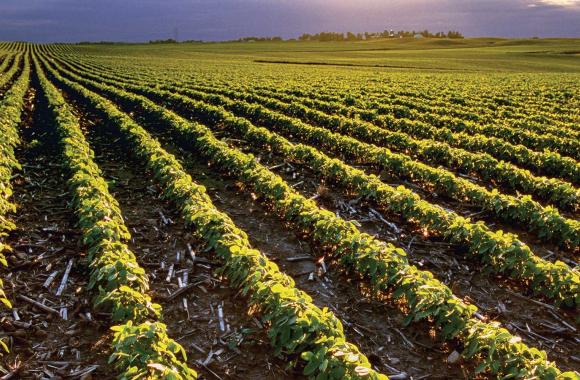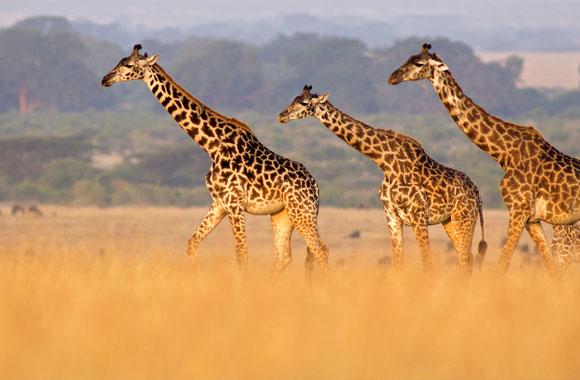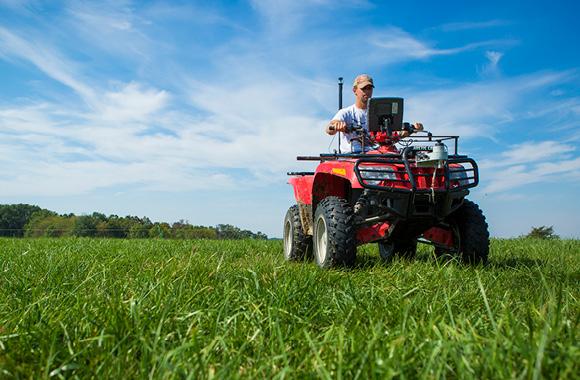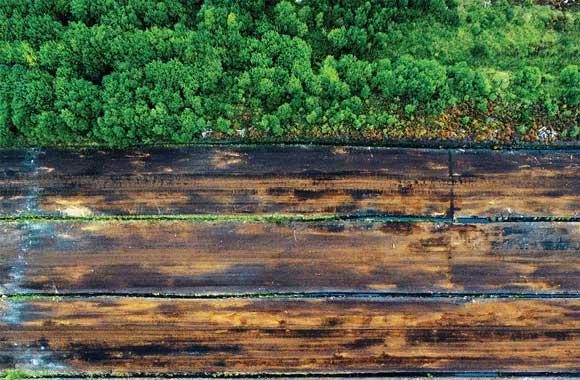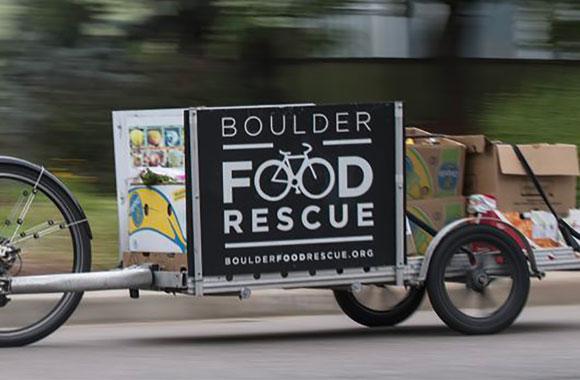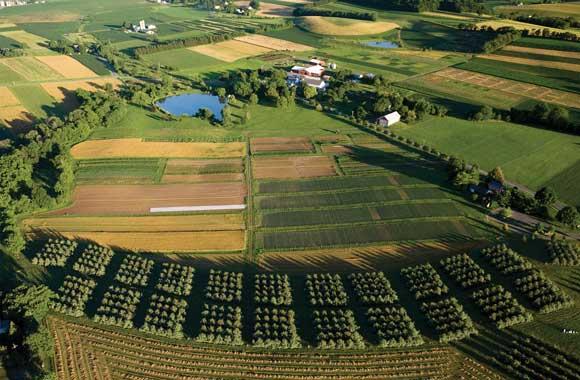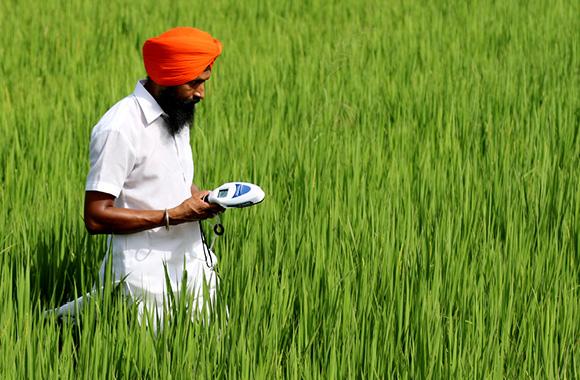Forest Protection
In their biomass and soil, forests are powerful carbon storehouses. Protection prevents emissions from deforestation, shields stored carbon, and enables ongoing carbon sequestration.
Reduced/Sequestered
2020–2050
Impact
By protecting an additional 335–466 million hectares of forest, we could avoid 5.55–8.83 gigatons of carbon dioxide equivalent emissions by 2050. Perhaps more importantly, this solution could bring the total protected forest area to almost 0.99–1.1 billion hectares, securing an estimated protected stock of 179–203 gigatons of carbon, roughly equivalent to more than 655–743 gigatons of carbon dioxide if released into the atmosphere. We do not project financials because landholders do not incur costs or receive returns.
Introduction
Project Drawdown’s Forest Protection solution involves the legal protection of forestlands leading to reduced deforestation rates and safeguarding of carbon sinks. This solution replaces unprotected forestland. We assume forest protection primarily happens at the government and nongovernmental organization (NGO) level.
Mature, healthy forests have spent decades or centuries accumulating carbon through photosynthesis and storing it in soils and biomass. Today forests are rapidly being cleared and degraded, releasing this stored carbon loss and reducing forests’ ability to provide habitat, control erosion, build soil, regulate water quality and supply, and remove air pollution.
Since humans began farming, the number of trees on Earth has fallen by 46 percent. Emissions from tropical deforestation and forest degradation alone today are estimated at 5.1–8.4 gigatons of carbon dioxide equivalent per year—a staggering 14–21 percent of anthropogenic emissions (International Sustainability Unit, 2015). Forest protection could reduce these emissions by 5.56–8.83 gigatons by 2050.
Methodology
Total Land Area
To evaluate the extent to which a Food, Agriculture, and Land Use sector solution can reduce greenhouse gas emissions and sequester carbon, we need to identify the total land area available for that solution in millions of hectares. To avoid double counting, we use an integration model that allocates land area among all Food, Agriculture, and Land Use sector solutions. This involves two steps. First, we classify the global land area into agro-ecological zones (AEZs) based on the land cover, soil quality, and slope and assign AEZs to different thermal moisture regimes. We then classify the AEZs into “degraded” and “nondegraded.” Finally, we allocate the solutions to AEZs, with the solution most suited to a given AEZ or sets of AEZs assigned first, followed by the second-most-suited solution, and so on. Because it’s hard to predict future changes, we assume the total land area remains constant.
We set the land area available for the Forest Protection solution at 1,155 million hectares. Current adoption (defined as the amount of functional demand in 2018) is 651.0 million hectares (MacDicken et. al., 2015).
Adoption Scenarios
We developed 10 custom adoption scenarios for forest protection. We set current adoption at 651.0 million hectares and assumed that up to 1,155 million additional hectares were available for protection. Given the continuous rate (0.47 percent per year) of forest degradation and limited availability of nondegraded forestland, aggressive adoption scenarios were built, many of which yielded peak adoption of forest protection by 2030.
We calculated the impacts of increased adoption of forest protection from 2020 to 2050 by comparing two growth scenarios with a reference scenario in which the market share was fixed at current levels.
- Scenario 1: 986.40 million hectares of nondegraded forest (85 percent of the total available land) are protected by 2050 based on an average of six custom scenarios.
- Scenario 2: 1,120.95 million hectares of nondegraded forest (97 percent of the total available land) are protected by 2050, based on the high of six scenarios.
Emissions Model
We set one-time emissions from deforestation to 281.1 metric tons of carbon dioxide equivalent per hectare, based on meta-analysis of 20 data points from six sources.
Financial Model
We assume that governments and NGOs bear costs for forest protection (e.g., carbon payments or payment for ecosystem services). Since Project Drawdown land solutions only model costs that are incurred by landowners or managers, we don’t calculate financials for this solution.
Integration
Project Drawdown’s Agro-Ecological Zone model allocates adoption of solutions to forest, grassland, rainfed cropland, and irrigated cropland. Forest protection was the fourth priority for use of nondegraded forest, following Peatland Protection and Rewetting, mangrove protection (part of Coastal Wetland Protection), and Indigenous Peoples’ Forest Tenure.
Results
Scenario 1 avoids 5.56 gigatons of carbon dioxide equivalent emissions by 2050. Total carbon stock protected is 655.8 gigatons of carbon dioxide equivalent.
Scenario 2 avoids 8.83 gigatons of carbon dioxide equivalent emissions by 2050. Total carbon stock protected is 742.8 gigatons of carbon dioxide equivalent.
Discussion
Benchmarks
Tropical deforestation releases an estimated 0.8–0.9 gigatons of carbon dioxide equivalent per year from 8.5 million hectares of forest (International Sustainability Unit, 2015). We included temperate and boreal forests (not just tropical) and only protected forests, not unprotected forests, in our emissions calculations. We also excluded mangroves and forested peatlands.
Griscom et al. (2017) calculate an annual impact from “avoided forest conversion” of 1.82–3.60 gigatons of carbon dioxide equivalent in 2030. It is not clear if their figure includes conversion avoided due to reduced demand or only forest protection. Note that our Food sector solutions Reduced Food Waste and Plant-Rich Diets also incorporate substantial avoided land use change emissions not accounted for here. Project Drawdown also shows 0.23–0.37 gigatons of carbon dioxide equivalent per year by 2030 for Indigenous Peoples’ Forest Tenure and 0.15-0.26 for Forest Protection.
Limitations
Our model does not include avoided deforestation from agricultural intensification or reduced food demand due to diet change or food waste reduction. Inclusion of economic impacts (e.g., costs to governments and NGOs) would be a valuable addition to future updates.
Conclusions
Forests are cleared for timber, firewood, farming, and more. Several Project Drawdown solutions offset these losses to some degree. Tree Plantations (on Degraded Land) and Bamboo Production produce timber. The Clean Cooking solution helps reduce the demand for firewood. Abandoned Farmland Restoration brings abandoned farmland back into production, reducing the need to clear land. Plant-Rich Diets and Reduced Food Waste lower food demand and thus the need for forest clearing, as does Family Planning and Education. However, these measures are not sufficient to prevent ongoing deforestation. Thus, strict measures are required to protect the nondegraded intact forestland in order to avoid loss of carbon, biodiversity, and a range of ecosystem services.
Strategies to stop deforestation and protect forests include:
- public policy and the enforcement of existing anti-logging laws
- market-driven mechanisms, primarily eco-certification programs that inform consumers and affect purchasing decisions
- programs that enable wealthy nations and corporations to make payments to countries and communities for maintaining their forests.
Climate mitigation requires us to keep forest carbon in the ground.
References
Griscom, B. W., Adams, J., Ellis, P. W., Houghton, R. A., Lomax, G., Miteva, D. A., … Fargione, J. (2017b). Natural climate solutions. Proceedings of the National Academy of Sciences, 114(44), 11645–11650. https://doi.org/10.1073/pnas.1710465114
Tropical Forests: A Review (2015). International Sustainability Unit. Accessed November 2021 http://pcfisu.org/wp-content/uploads/2015/04/Princes-Charities-International-Sustainability-Unit-Tropical-Forests-A-Review.pdf
MacDicken, K. G., Sola, P., Hall, J. E., Sabogal, C., Tadoum, M., & de Wasseige, C. (2015). Global progress toward sustainable forest management. Forest Ecology and Management, 352, 47–56. https://doi.org/10.1016/j.foreco.2015.02.005
What You Can Do
If you own or manage forestland, identify and adopt practices that maximize long-term carbon storage.
Contribute to organizations and preferentially purchase products that help protect forests.
- Expand your knowledge by exploring another Drawdown solution.
Co-benefits
Forest protection can reduce the incidence of vector-borne diseases and exposure to extreme weather (such as heat).
This solution provides increased opportunity for time in nature, which is shown to reduce obesity, improve mental health, reduce blood pressure, and boost immune function.
Forest protection improves air and water quality.
Protecting forested land can reduce species and biodiversity loss, which contributes to improved planetary health.
Combined with ecotourism or agroforestry, forest protection can alleviate poverty by increasing income and boosting the economy.

